Commonly referred to as "Jazz" chords, this book provides detailed information on voicing 4-part chords. Cover string families not in volume 1. Beyond learning open and barre chords, most guitarists struggle with advanced chords. Commonly called "Jazz" chords, these more sophisticated voicings find a wide use in all forms of music.
Good 'ole Dayswhen we had local book stores where you could walk right in an see and read the whole book in the store if you wanted to. You can view and read ALL of Curt's books online. No more wondering if this or that book is for you — you can see it ALL. However, we do really appreciate when you buy one and support the site.
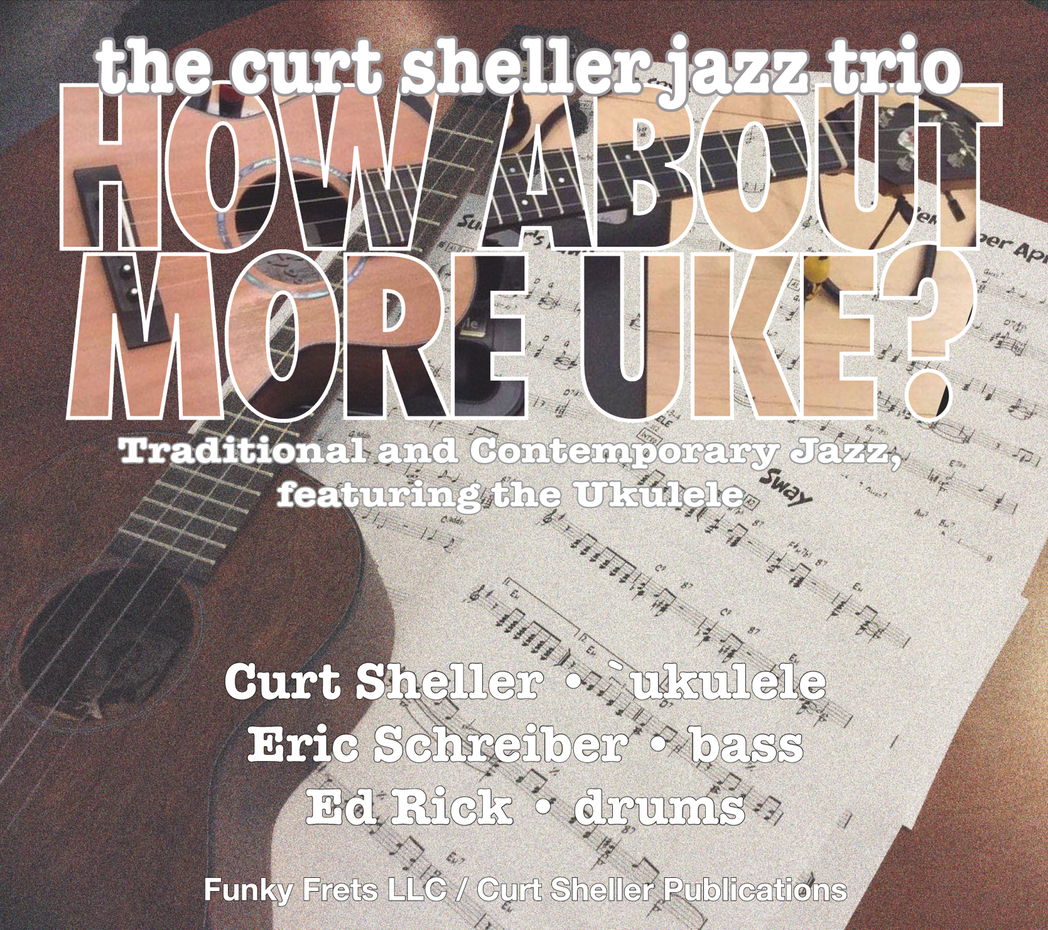
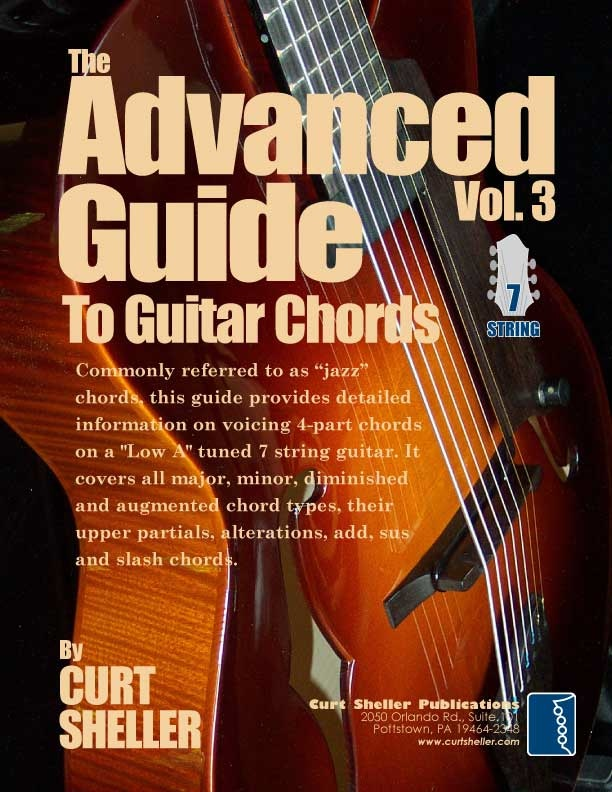
Commonly referred to as jazz chords, this book provides detailed information on voicing 4-part chords. Covers severn string guitar with a low A. Beyond learning open and barre chords, most guitarists struggle with advanced chords. Commonly called "Jazz" chords, these more sophisticated voicings find a wide use in all forms of music.
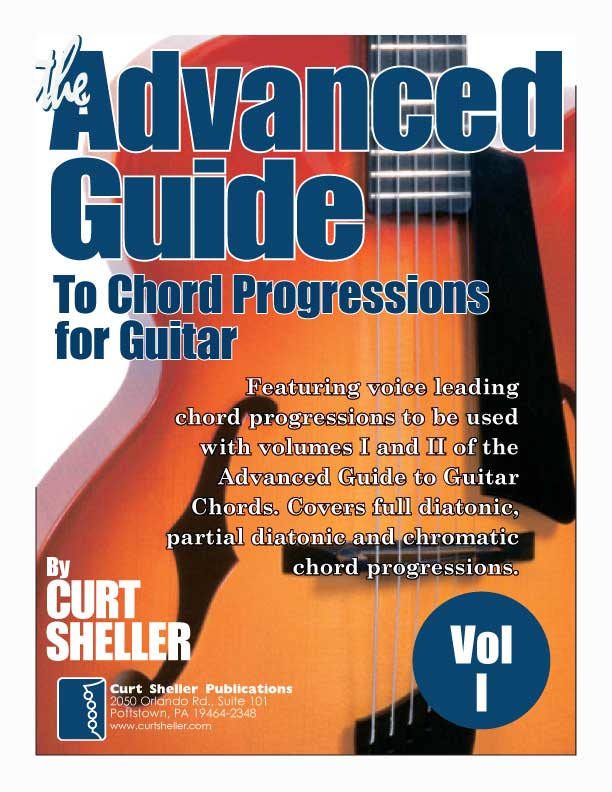
Volume I of The Advanced Guide to Chord Progressions for Guitar features the principles of voice leading applied to chord progressions. These principles, explained using chords from volume I of The Advanced Guide to Guitar Chords. Chapters with common major and minor full diatonic, partial diatonic and chromatic chord progressions are also included to further explore voice leading.
Volume I covers the keys of C, F and Bb. The key of C includes detailed accompanying text explaining the principles behind each progression. Each volume of The Advanced Guide to Blues Progressions for Guitar features basic to advanced blues chord progressions. to be used with the chord voicings from volume I, II & III of The Advanced Guide to Guitar Chords.
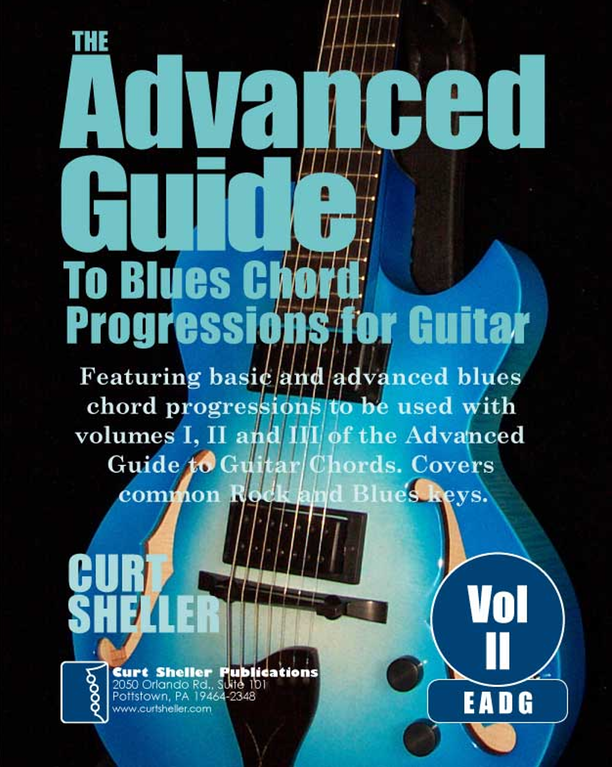
Volume II covers the keys of E, A, D and G. The key of E includes detailed accompanying text explaining the principles behind each progression. Each volume of The Advanced Guide to Blues Progressions for Guitar features basic to advanced blues chord progressions. to be used with the chord voicings from volume I, II & III of The Advanced Guide to Guitar Chords.
Results: 107
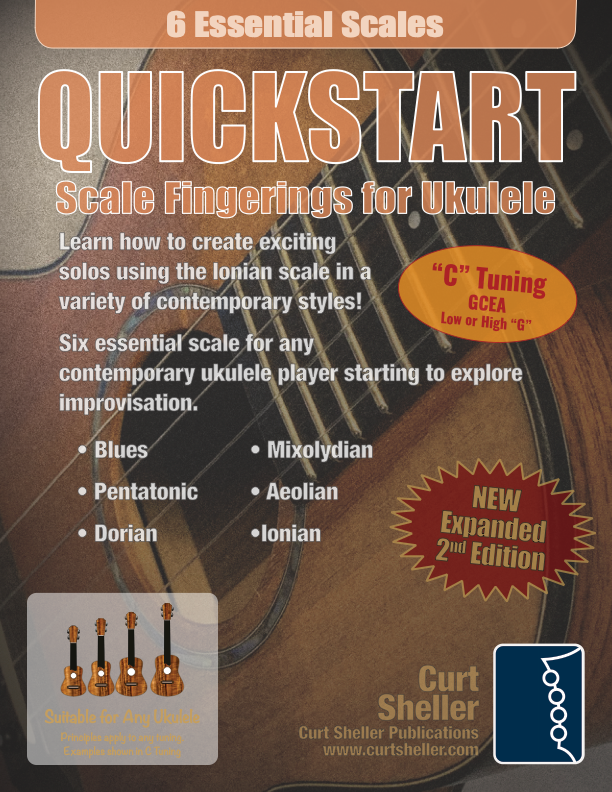

The understanding of a chord's function within a chord progression or song is the first step in the process of scale selection for improvisation and creating melodies,as well as applying the principles of chords and scale substitution.
More info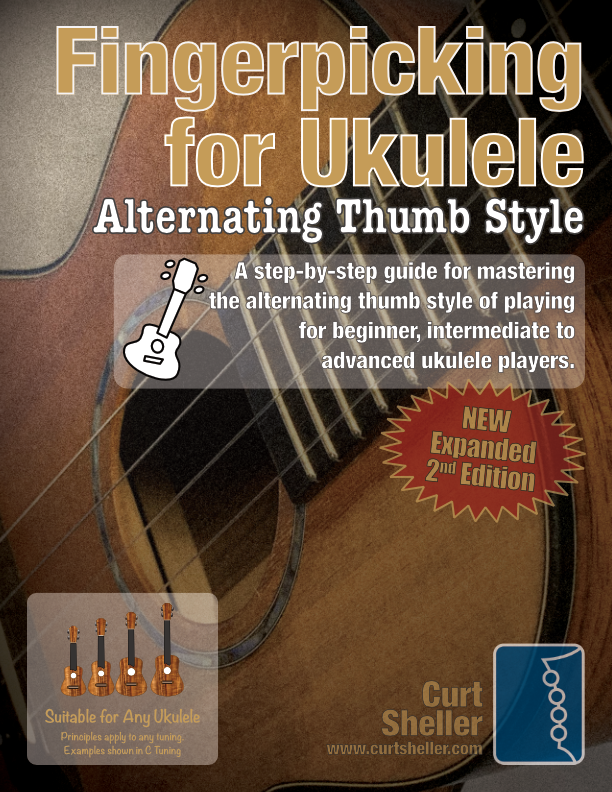
Fingerpicking for Ukulele - Alternating Thumb Style focuses on the alternating thumb fingerpicking style through a series of graduated lessons-chapters incorporating your index and middle fingers with the alternating thumb.
More info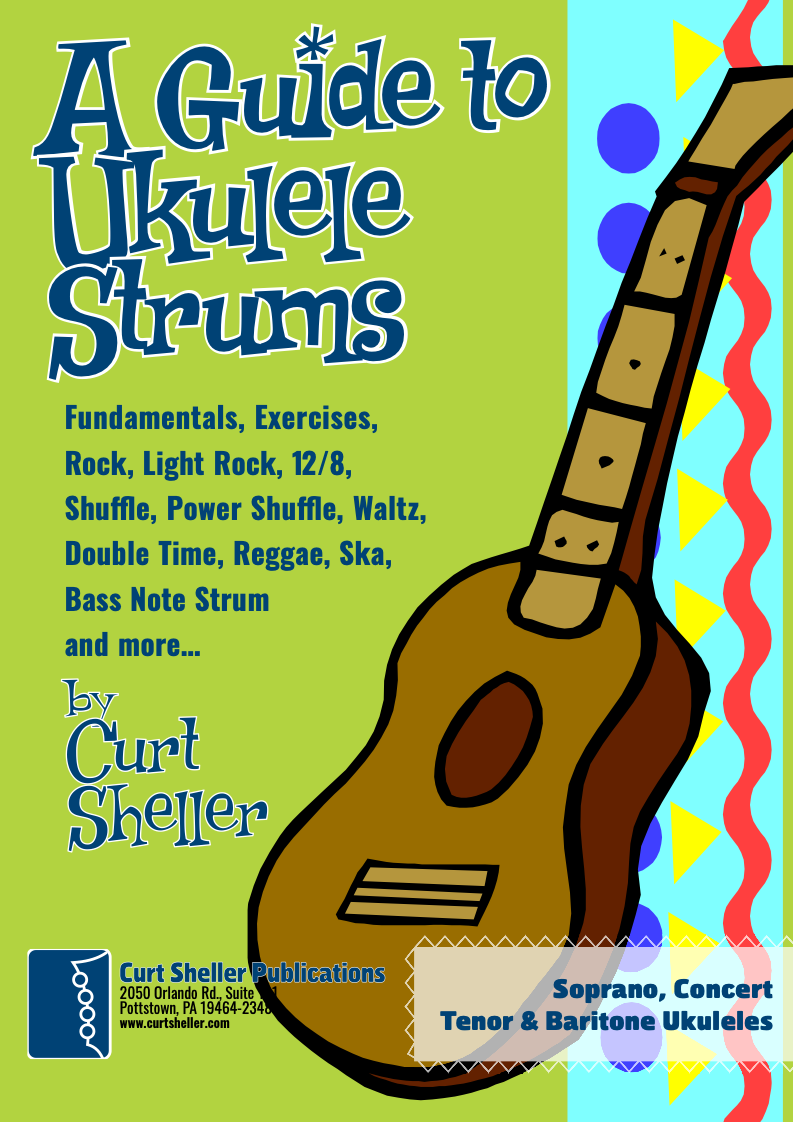
Learn a variety of strums and rhythmic patterns in wide range of musical styles.
This refers to an accompaniment technique suitable for the singer, singer - songwriter or someone who plays a support role for another instrument.
Strumming requires a specific set of skills: Memorization of chords, The ability to switch chords smoothly, The ability to choose and execute a suitable rhythmic strum.
More info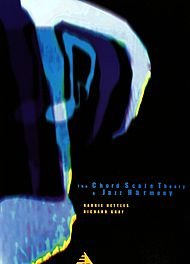
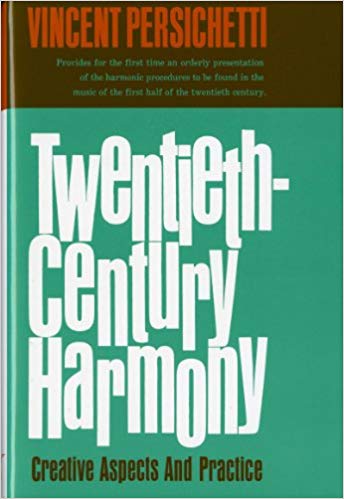
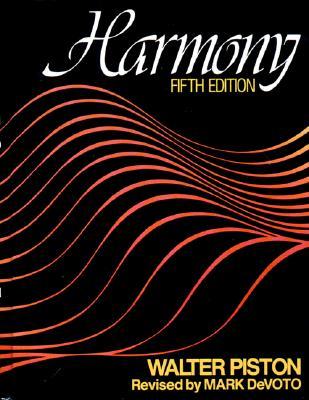
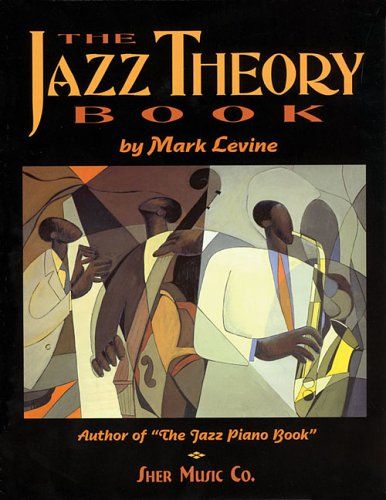
You can't go wrong with owning any or all of these books in your music library. I have all of these and naturally mine.— Curt
Forever Access - With Forever Premium Access, you get ALL the benefits of a Premium Access Subscription such as Unlimited 24/7 access to ALL lessons, downloads, songs, play-along jam tracks, videos, email access to Curt, resources, related assets, and ALL books by Curt as FREE downloads. Pretty much everything on the site, and NEVER worry about a subscription or surprise payment again. And jump the queue for responding to any questions.
If you're anything like me (Curt) and getting Subscription overloaded with everything and everybody on-line wanting money from you once a month — I'm with you. For like-minded individuals, this forever plan is a pay once, and you're done.
The price for Unlimited Forever access is right around the cost of a few months of private lessons. I can guarantee there is more than enough material on-line to keep you busy for a long, long time. And, you get all of my books for FREE . That alone is more than the cost of this plan.
Basic Access — A limited selection of basic lessons — ( currently over 140 ) and 100+ songs for ukulele as well as basic general music reference material — FREE
Simply Register/Signup. HOWEVER – I've been doing ukulele and LearningUkulele.com since 2003 and probably have given too much away already - as reflected in my income from the site in relationship to the time spent on the site. So help support this site and its continued development by signing up for one of the below Premium Access Plans or buy a few of my books. - Thanks, Curt
NOTE: Each higher access level includes ALL the benefits of the lower levels. Private Lessons include all the benefits of a Premium Access Plans as long as you remain a student on the schedule.



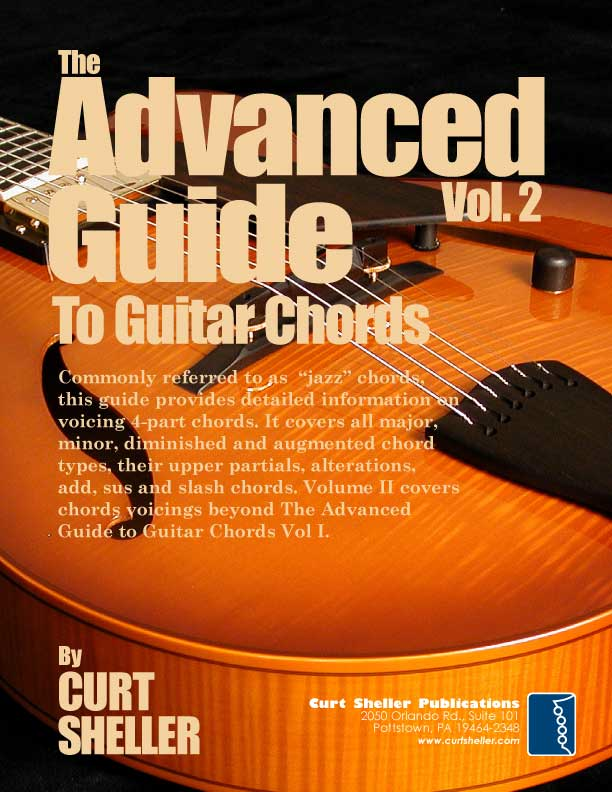
.jpg)